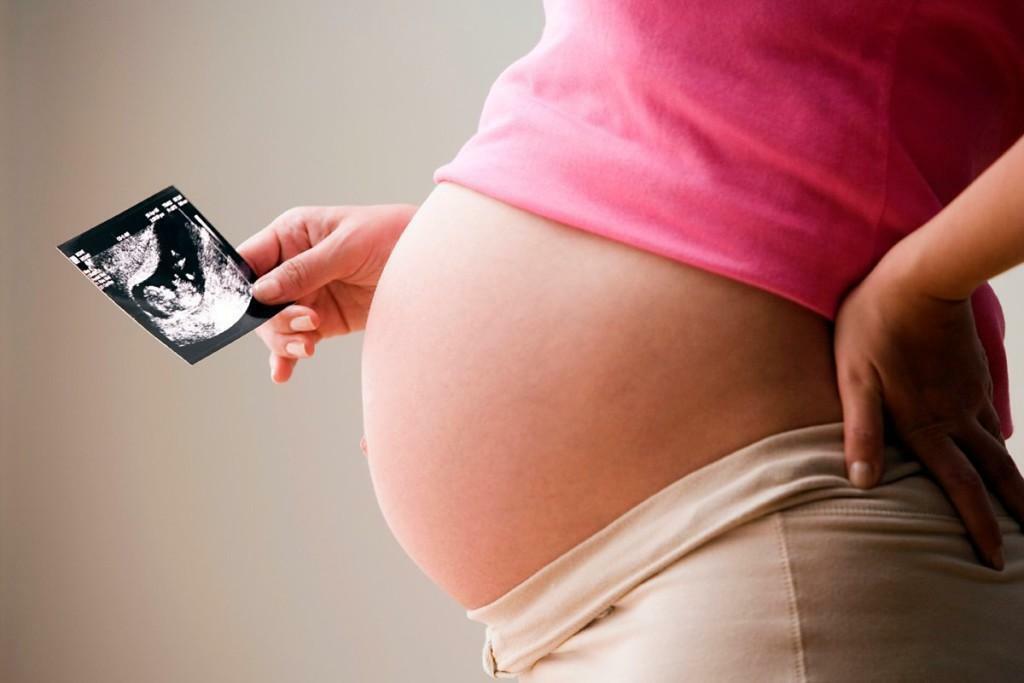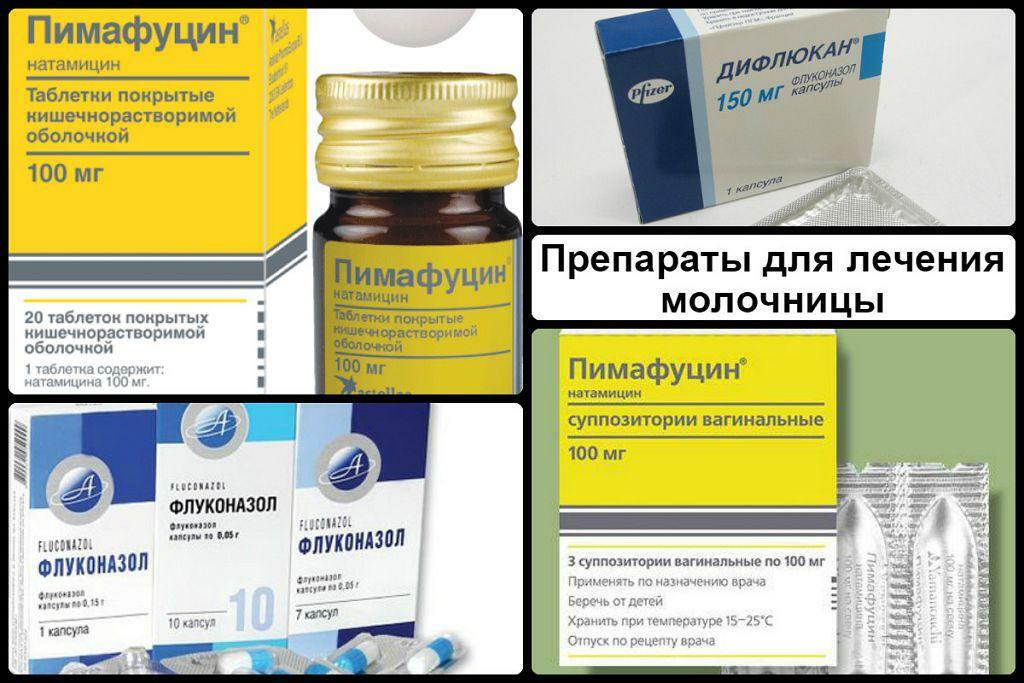GENERAL
Yellow fever virus mainly distributed in tropical regions of South America and Africa and is zooantroponozom, that is able to destroy both people and animals.
The virus is able to maintain activity after freezing and drying, however, die quickly when exposed to high temperature and disinfectants. The threat of an epidemic spread of the disease is very high. In this regard, WHO is increased precautions and strictly controls every episode of contracting the infection.
For the development of a vaccine against yellow dengue was awarded the Nobel Prize to the American virologist Max Theiler in 1951.

CAUSES
Carriers of yellow fever virus from infected animals - monkeys, marsupials, small rodents, and human infection usually occurs transmissibility, ie through mosquito bites. Mosquitoes acquire the opportunity to infect 9-12 days after contact with the blood of a sick animal. If the ambient temperature is above 37 ° C, then this period is only 4 days. By reducing the air temperature to 18 ° C and less mosquitoes lose their ability to infection.
In addition to the main transmission path of yellow fever virus can also move to a healthy person through contaminated blood upon contact with a patient or in vitro. The local population of endemic regions, due to the constant contact with small doses of the virus, the immune system gradually produced.
At penetration into the human yellow fever virus multiplies and accumulates in the lymph nodes, then the blood is transferred to the internal organs. Hemorrhagic arise pathological inflammatory processes in the kidney, spleen, liver, bone and brain, cardiac muscle. Starting bodies partial necrosis, hemorrhage in the brain, lungs and the digestive organs. liver damage is characterized by an increase in its capsule form foci homogeneous eosinophilic cells, degeneration of its cells. This leads to severe symptoms of jaundice - yellowing of the skin, whites of the eyes, and therefore in the name of the disease indicated that it is "yellow" fever.
CLASSIFICATION
The vast majority of outbreaks were fixed in tropical and subtropical regions. In this regard, to distinguish between two kinds of yellow fever.
Types of yellow fever.
- Country - Jungle Fever. Virus carriers - sick monkey and some species that infect mosquitoes. Bites is the spread of infection in healthy and mosquitoes. If there are people, they are also infected, and further infection can occur between them by contact. As a rule, jungle yellow fever is limited to local outbreaks of disease because of the small number of residents in these areas residents.
- City - anthroponotic. Pets are not involved in the spread of the virus, it is brought, as a rule, migrants from villages to work. By mosquitoes the virus is transmitted from an infected person healthy. This variant of yellow fever is very dangerous, is in the nature of large-scale epidemics due to the high population density in cities and towns.
- Intermediate type of the disease is the most common form of the flow of yellow fever in parts of Africa and South America. Accompanied by epidemics of moderate size, usually within a few small settlements, and mixed-mode transmission. The virus is transmitted agent of yellow fever through mosquito bites, not only people but also animals.
SYMPTOMS
Once the virus is inside the body to be the incubation period, which lasts 3-5 days. After this time, begin to show symptoms of yellow fever. Characteristic of this disease fluctuating course with periods of three, accompanied by various clinical manifestations.

Symptomatology different disease stages:
- Initial stage. The sharp rise in temperature to a maximum value, muscle pain, repeated vomiting, thirst, chills, severe headache - this is the first yellow fever symptoms. The man relaxed, pulse speeded up, the pressure is usually normal, heart sounds are muffled. A characteristic feature - the redness of the skin on the neck and face, proteins and conjunctival eye, formed "amarilnaya Mask" - swollen tissues of the face, eyelids, lips; nose, tongue and oral mucosa hyperemic. On palpation enlarged liver patient feels pain. In addition, people sensitive to bright light, does not sleep, scared, sometimes in a state of euphoria. Approximately 3 hours manifested jaundice - it is clearly visible on the skin and whites of the eyes of the mouth. The patient's condition deteriorates significantly - reduced pressure, slows the pulse, bleeding gums, stools and vomiting contain bloody turn. In severe cases of fulminant disease death occurs.
- Remission. If you passed the first difficult period of yellow fever, about the fifth day comes improvement: stops vomiting, normal body temperature, blood pressure, pulse. Sometimes a person can fully recover at this stage, however, most of the disease becomes a third, the most difficult period.
- Venous stasis. The patient's condition is deteriorating reactively - the temperature rises, the manifestations of jaundice and cyanosis significantly worse, begin the massive internal bleeding, skin is covered with large and petechiae hemorrhages. Deteriorating all vital signs - greatly disturbed renal function, up to complete anuria, liver compacted, soreness appears. Cardio-vascular diseases are also marked - a sharp decline in heart rate, collapse of the heart valves, arrythmia. This is a critical moment in the middle episode ends with death of the patient, often due to the onset of uremic coma and cerebral edema, at least - as a result of irreversible toxic encephalitis, cardiac or hepatic failure. In case of positive outcome of the disease at day 8 starting with gradual recovery of the patient a normalization of the internal organs and improvement in overall condition.
DIAGNOSTICS
Once the virus is in the human body it develops in the lymphatic system, where it comes into the bloodstream. In the blood, the virus can be found on the 3-5 day of illness. For the diagnosis of yellow dengue using specific laboratory methods, but if a person is in the raised area risk or recently arrived there, the fever is a diagnostic criterion and the reason immediately contact the hospital. Differentiation is required yellow fever from viral hepatitis, influenza, malaria, leptospirosis, tick-borne typhus, different types of hemorrhagic fevers.
The grounds for a diagnosis:
- Particular temperature double-wavelength graph hemorrhagic syndrome, cyanosis, signs of jaundice, disorders of the liver, spleen, kidneys.
- general and biochemical blood tests using the detected increase in bilirubin, urea, ALT, creatinine, AST, and reduced platelet counts, lymphocyte, leukocyte, neutrophil, acceleration ESR.
- Urinalysis reveals blood impurity, the presence of large doses of protein and red blood cells, cylindrical cells.
- Serological tests are set paired sera fence which is carried on the 6-7 days after the onset of disease and repeated after 2-3 days.
- Rapid diagnosis of IgM by ELISA is able to give a quick answer within 3-4 hours after the conference.
Also conduct specific studies on laboratory animals using blood taken from a patient suspected of yellow fever, no later than 4-5 days after the onset of the disease. To do this, carry out intracerebral infection of mice in the laboratory and watch the development of their reaction.
When lethal outcome in a patient liver tissue samples taken for histological examination and determining the presence of necrotic cells and acidophilic Kaunsilmena. All studies were carried out in isolated laboratories in view of the specific pathogenicity of the virus.

TREATMENT
Treatment of yellow fever is carried out exclusively in closed wards of infectious hospitals. It is symptomatic, because to date there are no specific drugs to kill the virus penetrated the human body.
Principles of yellow fever therapy:
- Detoxification and dehydration.
- Stimulation of diuresis, if necessary - hemodialysis.
- Maintenance of immune functions.
- Treatment of bleeding disorders.
- Removing pain.
- Antibiotic treatment with bacterial complications.
- Strict bed rest, complete rest.
- High-calorie diet with a high content of vitamins.
Treatment of yellow fever NSAIDs is not carried out, because they thin the blood and increase the risk of bleeding. In severe cases, the use of corticosteroids hormones, partial or total blood transfusion.
COMPLICATIONS
Yellow fever - a deadly disease that is complicated:
- cardiovascular disease;
- acute renal and hepatic failure;
- pneumonia;
- gangrene;
- sepsis;
- encephalitis;
- brain edema;
- coma.
PREVENTION
Prevention of dengue fever is timely vaccination of persons leaving in endemic regions. Immunity develops within 7-10 days, 95% of people and saved 30 years. A note on vaccination after 10 days since its introduction in an international certificate and is valid for the next 10 years. Vaccination is contraindicated for pregnant women, children under 1 year, those with deficient immune system and allergies to egg protein.
Not vaccinated citizens arriving from high-risk regions, quarantined and observed for 9 days.
Nonspecific prevention is also destroying mosquito insecticide and the use of special means of protection from bites.
FORECAST
The probability of death is very high with yellow fever - more than 50%. When recovery is acquired lifelong immunity.
Found a bug? Select it and press Ctrl + Enter



